Final §199A Regs Help Clarify the De Minimis Rule for a Business with SSTB Income January 28, 2019
Final §199A Regs Help Clarify the De Minimis Rule for a Business with SSTB Income (REG-107892-18)
Individuals with taxable income above $157,5001 ($315,000 MFJ) are not entitled to a QBI deduction if their business income is from a specified service trade or business (SSTB). But wonder if your client has two sources of income in her LLC – income from a specified service business and income from a non specified service business. Does the LLC have all specified service income and, thus, the pass-through owner has no QBI deduction? Or can you report two business activities and qualify the LLC owner for some deduction? The IRS has some answers in its recently released 199A regulations.
De minimis SSTB. §1.199A-5(c)(1) provides a de minimis exception to SSTB classification. For a business with gross receipts of less than $25 million2 , the trade or business is not an SSTB if 10% or less of the gross receipts are attributable to the performance of services in a disqualified field. The de minimis rule is meant to simplify the QBI definition, allowing the individual to count all income from the business as QBI. But what if the service income is more than 10% of gross receipts? The Preamble to the regs states that if a business has gross income from a specified service activity in excess of the threshold, the business is considered an SSTB. That’s bad news but the regs go on to say that it is possible for an entity or taxpayer to have two lines of business (Preamble pages 98 to 101). The final §199A regs provide two examples of “falling off of the cliff” – one bad with no QBI and one good with some QBI.
Example of too much SSTB income. Landscape LLC sells lawn care and landscaping equipment and also provides advice and counsel on landscape design for large office parks and residential buildings. The landscape design services include advice on the selection and placement of trees, shrubs, and flowers and are considered to be the performance of services in the field of consulting. Landscape LLC separately invoices for its landscape design services and does not sell the trees, shrubs, or flowers it recommends for use in the landscape design. Landscape LLC maintains one set of books and records and treats the equipment sales and design services as a single trade or business for purposes of Sections 162 and 199A. Landscape LLC has gross receipts of $2 million. $250,000 of the gross receipts is attributable to the landscape design services, an SSTB. Because the gross receipts from the consulting services exceed 10% of Landscape LLC’s total gross receipts, the entirety of Landscape LLC’s trade or business is considered an SSTB (§1.199A-5(c)(1) – Example 1, page 232).
Example of two businesses in one entity. Animal Care LLC provides veterinarian services performed by licensed staff and also develops and sells its own line of organic dog food at its veterinarian clinic and online. The veterinarian services are considered to be the performance of services in the field of health. Animal Care LLC separately invoices for its veterinarian services and the sale of its organic dog food. Animal Care LLC maintains separate books and records for its veterinarian clinic and its development and sale of its dog food. Animal Care LLC also has separate employees who are unaffiliated with the veterinary clinic and who only work on the formulation, marketing, sales, and distribution of the organic dog food products. Animal Care LLC treats its veterinary practice and the dog food development and sales as separate trades or businesses for purposes of Section 162 and 199A. Animal Care LLC has gross receipts of $3,000,000. $1,000,000 of the gross receipts is attributable to the veterinary services, an SSTB. Although the gross receipts from the services in the field of health exceed 10% of Animal Care LLC’s total gross receipts, the dog food development and sales business is not considered an SSTB due to the fact that the veterinary practice and the dog food development and sales are separate trades or businesses under Section 162 (§1.199A-5(c)(1)- Example 2, page 232.)
What’s the difference in the examples? The successful taxpayer kept separate books and records and had separate employees working for his non-SSTB business. Attention to detail means that the income from the sale of dog food qualified for the QBI deduction.
1 See §1.199A-1(b)(4) for phase-in limits.
2 If gross receipts exceed $25 million, the percentage is reduced to 5%.

